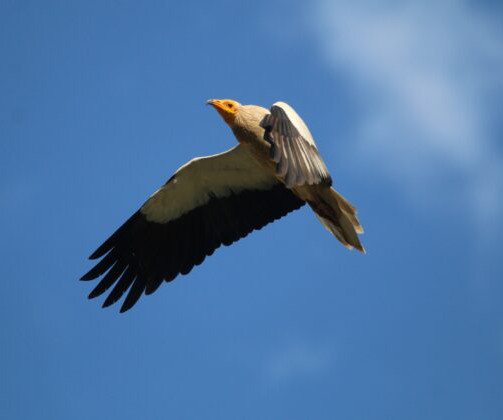The true “Mediterranean” Gull
10,000 Birds
FEBRUARY 7, 2016
Quite recently, it has started to expand inland, along the river Rhone and to the South of Germany, where it is now an uncommon but conspicious breeder. A different form ( atlantis ) which may or may not constitute a separate species, is found on the Azores, Fuerteventura, and the Canary Islands.












Let's personalize your content